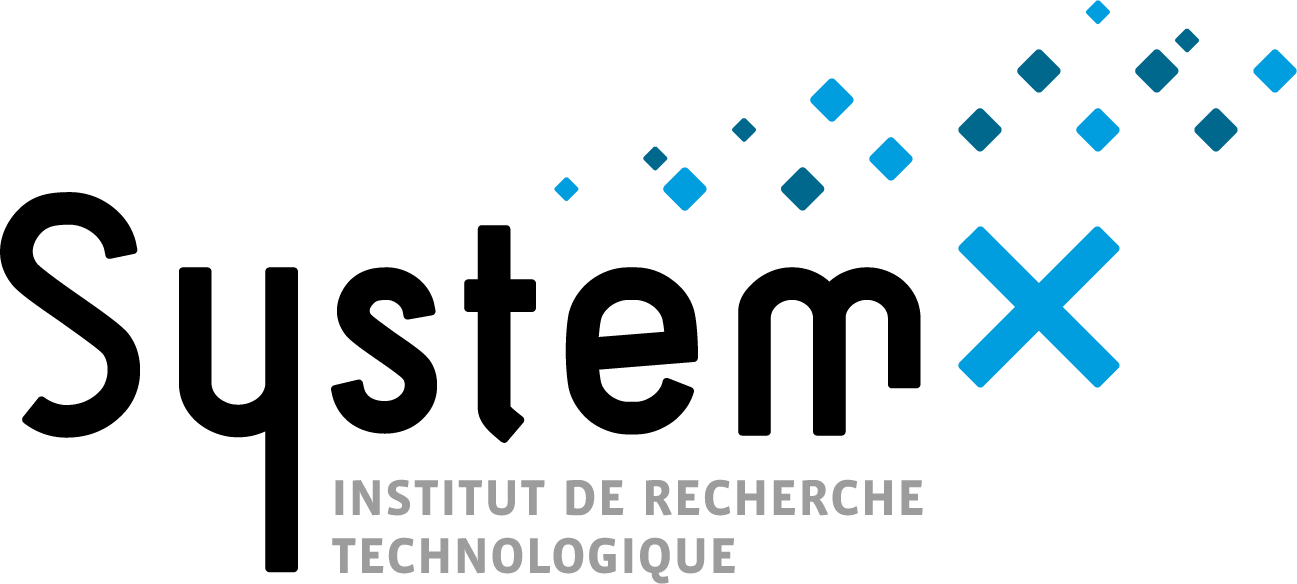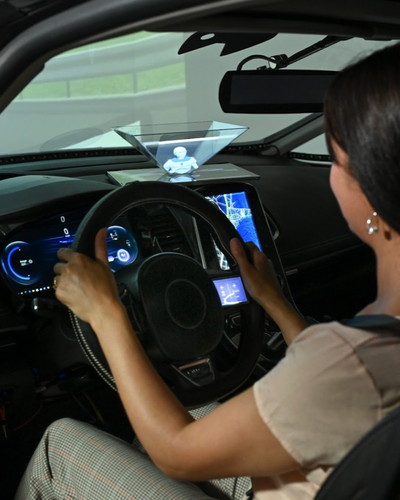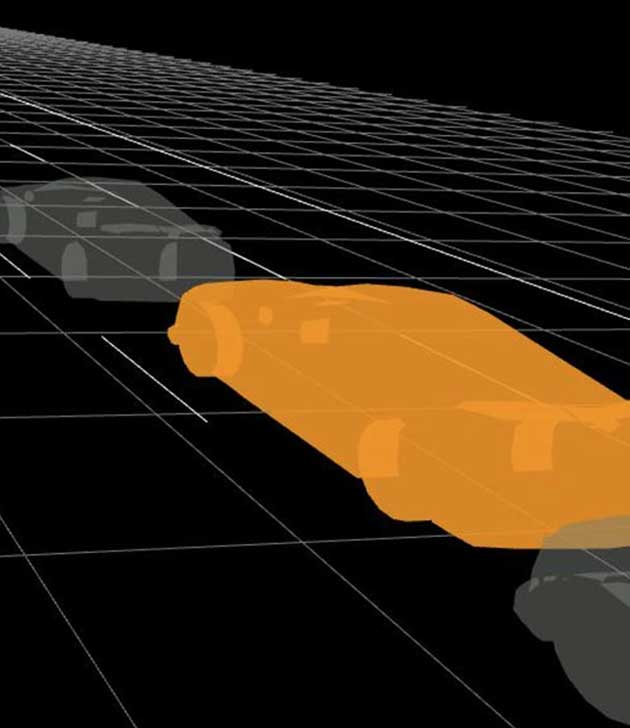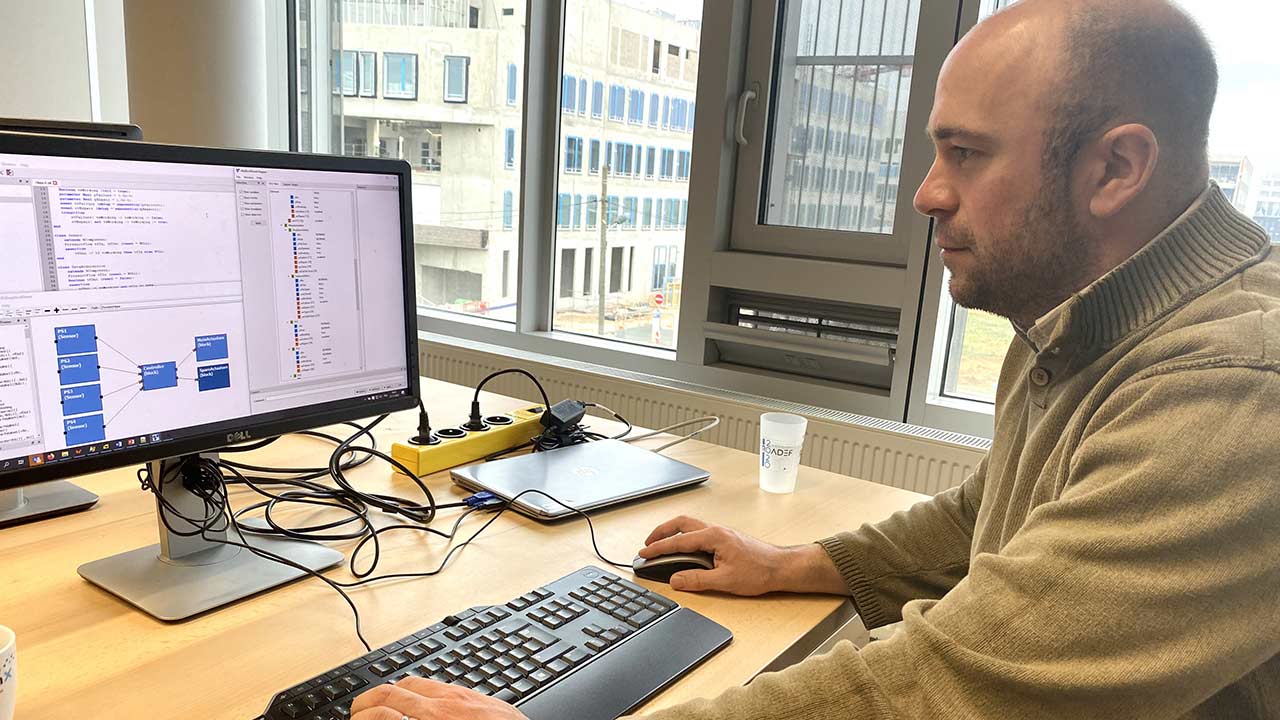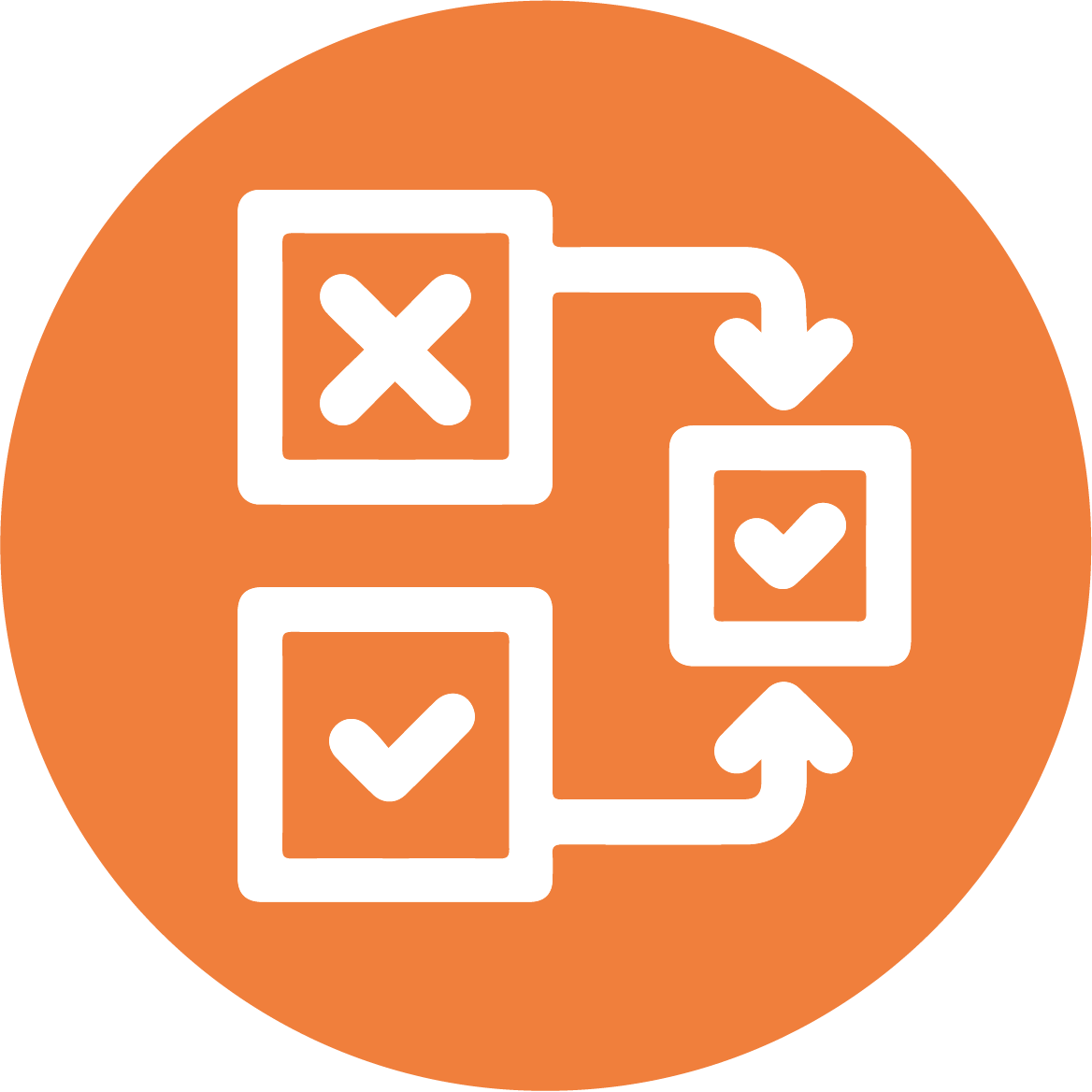In collaboration with Renault Group, Sherpa Engineering, Stellantis and Valeo, IRT SystemX has developed a prototype of connected tools made of software blocks offering digital continuity between system modelling tools and digital simulation tools, in order to improve the agility of design for complex systems.
This innovative prototype aims to strengthen the link between system architecture and digital simulation to improve decision-making in the design of complex systems. The set of tools includes three main modules:
- SimReq: A tool for the formalisation of a simulation request from SySML modelling,
- SimArT: A tool to build executable simulation architecture,
- A cockpit offering customised visualisation of simulation results to help with decision-making.
The efficiency of the tools developed has been demonstrated in an industrial use case for the design of an autonomous car. To create the simulation architecture in SimArT, the institute initiated a standardisation approach for the description formalism of MIC simulation models (Model Identity Card). This was carried out on an international scale in collaboration with the German industry consortium ProSTEP.
This work has enabled us to develop, collaboratively, new solutions that strengthen the link between systems architecture and digital simulation, improving traceability between complex systems and digital simulation. The automotive use case on the design of autonomous vehicles has brought to light several obstacles related to the issues studied, demonstrating the feasibility of the tools that were developed.
Mouadh Yagoubi, Project Manager and Head of Industrial Systems, IRT SystemX
Interview

Laurent Di Valentin
CAE senior expert, Stellantis
What is Stellantis striving to do in the area of complex system design?
Stellantis aims to develop agile tool-based processes ranging from functional specifications to the validation of cyber-physical systems, in order to respond to the increasing complexity of cross-system links, driven by the needs of electrification, the autonomous cars and connectivity, in an industrial context whichh imposes optimising project development costs. These developments involve several areas: the systematic modelling of systems using SysMl methods, the continuity between SysMl tools and collaborative simulation platforms, and the efficient harmonisation between digital and physical.
What have you gained from your collaboration with IRT SystemX?
Our work with the institute has enabled us to work on standardisation methods within the automotive community. Namely, we have been able to describe the content and context of use of simulation models and event scenarios for the development of ADAS functions. We are currently implementing this work in our internal model management tools and in the development of autonomous vehicles.
We are also investing in future IRT SystemX R&D projects to study, more specifically, the fidelity of system simulation models and to define operational processes for exchanges between manufacturers and equipment suppliers.
Interview

Olivia Penas
Directrice adjointe de la recherche, ISAE-Supméca
What role did you play in the development of the prototype of connected tools?
We offered scientific approaches to ensure data consistency between systems engineering and simulation models. Three research areas were launched:
- Making tools developd independent from the companies’ own engineering methodologies,
- Identifying semantic consistency between the systems engineering models and simulation models, based on ontologies,
- Generate a coherence metric in a MBSE (model-based systems engineering) approach to facilitate collaboration between systems architects and simulation experts based on semantic and structural similarities between functional, product and simulation architectures.
Thanks to the expertise of SystemX research engineers, we were able to prototype and validate the finalised approaches on the autonomous vehicle use case provided by our industrial partners.
What could you say about your collaboration with the institute?
IRT SystemX offers a great working environment to foster collaborative R&D projects. Participating in the AMC project (Agility and Design Margins) project was a fruitful experience from an academic point of view because it helped us to identify precisely the scientific and technological obstacles associated with the project. The results of this collaborative work have been shared with the international scientific community in conferences and scientific articles.
System engineering and dependability


